(NLDO) - Not long ago, images taken of an area called "Inca city" on Mars caused shock because of the presence of what looked like a swarm of giant spiders.
What NASA scientists are calling "Mars spiders" are small, dark, spider-shaped features up to 1 kilometer in diameter, according to Sci-News.
While NASA doesn't believe they are real spiders, the discovery has baffled the scientific community for some time.
"Mars Spiders" also made a strong impression on the public because of their spooky appearance, especially when they appeared in an area that looked like an ancient Inca city.
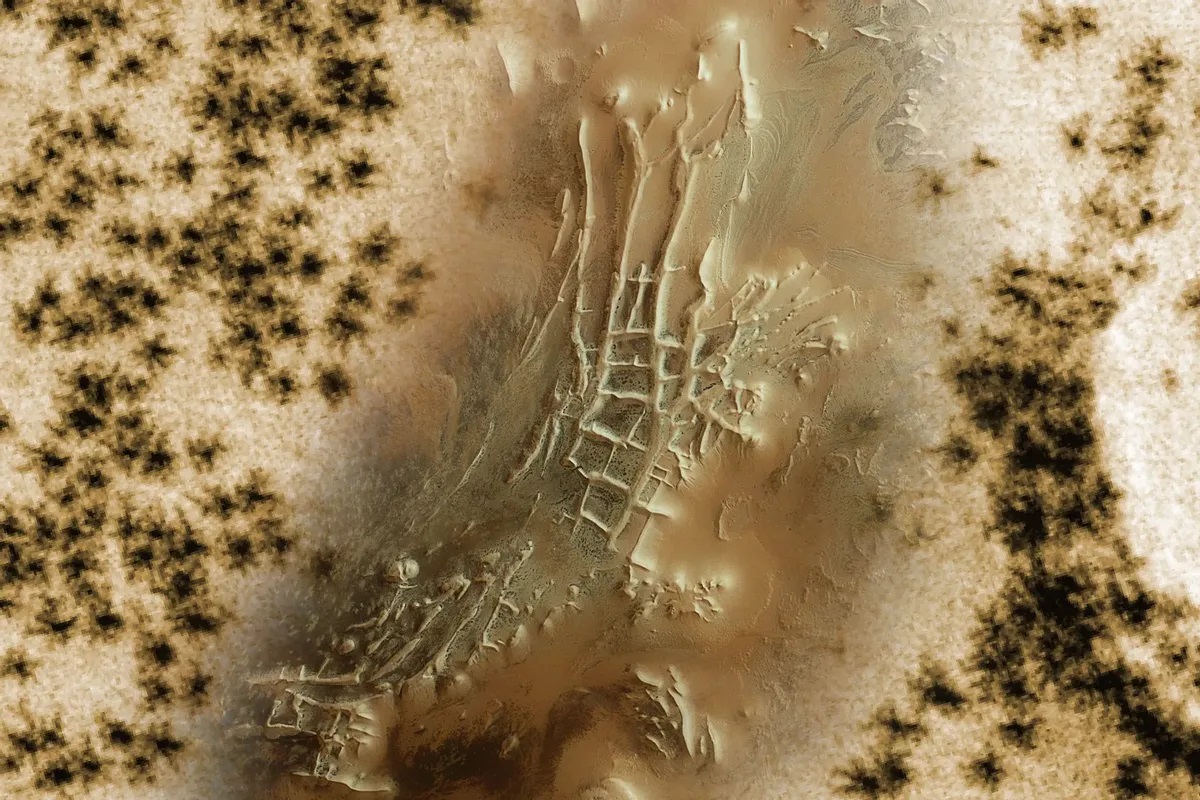
What look like giant black spiders surround an area resembling Inca ruins on Mars - Photo: NASA
Now, a research team led by Dr. Lauren Mc Keown of NASA's Jet Propulsion Laboratory (JPL) has recreated some of the conditions in the area and found out the truth about this "spiders."
In the model, called the Kieffer model, sunlight passes through Mars' transparent carbon dioxide ice in spring.
Thermal wavelength radiation is trapped, heating the rock beneath the ice and causing the impermeable ice to sublimate from the bottom.
Through this process, it is proposed that spiders would be created by erosion through high-velocity air currents that erode the underlying rock, while fan-shaped structures and various spots would be scattered across the ice surface, deposited by a stream of dust and gas.
To bring back this answer, the NASA team had to recreate the extremely low air pressure and -185 degrees Celsius temperature of Mars using a test chamber cooled by liquid nitrogen.
The result is an environment resembling the southern hemisphere of the planet, where the "Inca city" is located.
Through the same process described, ghostly spiders have appeared in NASA laboratories.
Martian spiders are not life, but that doesn't mean NASA has stopped pursuing extraterrestrial life there.
On the contrary, understanding more about the planet's strange environments - revealed through special structures - could help them understand more about how the planet evolved, and thus consider where life might have been in the past, what form it might have taken, and what traces it might have left behind.
Source: https://nld.com.vn/nasa-tim-ra-su-that-ve-nhen-sao-hoa-o-thanh-pho-inca-196240914101534707.htm



![[Photo] Prime Minister Pham Minh Chinh launched a peak emulation campaign to achieve achievements in celebration of the 14th National Party Congress](https://vphoto.vietnam.vn/thumb/1200x675/vietnam/resource/IMAGE/2025/10/5/8869ec5cdbc740f58fbf2ae73f065076)

![[Photo] Prime Minister Pham Minh Chinh chairs the Government's online conference with localities](https://vphoto.vietnam.vn/thumb/1200x675/vietnam/resource/IMAGE/2025/10/5/264793cfb4404c63a701d235ff43e1bd)

![[Photo] Opening of the 13th Conference of the 13th Party Central Committee](https://vphoto.vietnam.vn/thumb/1200x675/vietnam/resource/IMAGE/2025/10/6/d4b269e6c4b64696af775925cb608560)
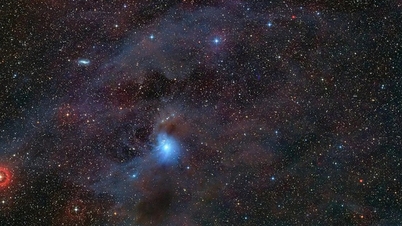



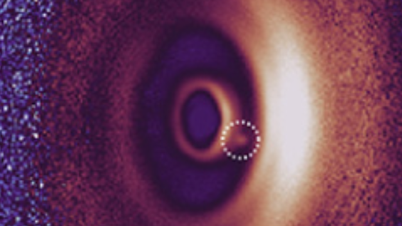


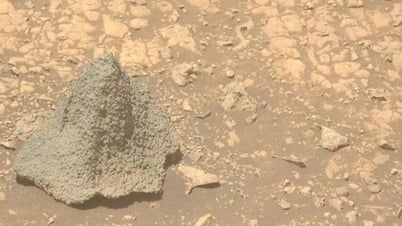



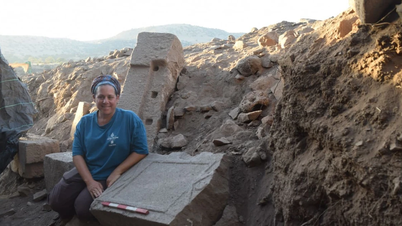



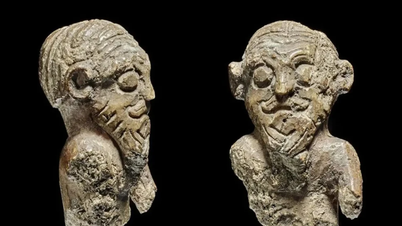













































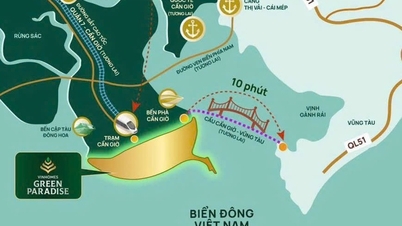































Comment (0)